This is another set of photographs from the Humphrey Household collection in the National Railway Museum’s archives. Household’s special interest in minor, narrow-gauge and industrial railways led him to go beyond the conventional subjects of railway photography, and a series of about 30 images taken around Hull Docks in October 1926 shows how he liked to document installations and activities apart from those directly connected with the railways.
They were taken a few months after the General Strike of May 1926—which had a major impact on the British coal industry—and illustrate the importance of the port of Hull for the traffic of goods to and from the industrial areas of northern England and beyond.
Background
The development of Hull Docks in the late 19th and early 20th centuries owed much to the business interests of the railway companies, responding to the rapidly growing need for transport links to the port of Hull from the coalfields and industrial towns of Yorkshire and Lancashire.
The North Eastern Railway held a monopoly on rail transport to Hull until the 1870s, when—with the backing of Hull Corporation and the city’s business community—the Hull & Barnsley Railway was authorised to build a new line from the West Riding and the new Alexandra Dock, which opened in 1885 and ended the Hull Dock Company’s monopoly on dock facilities.
The two railway companies remained fierce rivals until in 1899 an agreement between them led to the construction of King George Dock to the east of Alexandra Dock. The Hull & Barnsley Railway merged with the North Eastern Railway at the 1923 grouping which created the London and North Eastern Railway.
This map shows the systems of the Hull & Barnsley Railway and the North Eastern Railway in 1914.

Alexandra Dock was at the eastern end of the port area when built in 1885. It facilitated the export of coal from the collieries of South Yorkshire, as well as receiving timber pit props imported from Scandinavia. An extension to the dock was added in 1899.

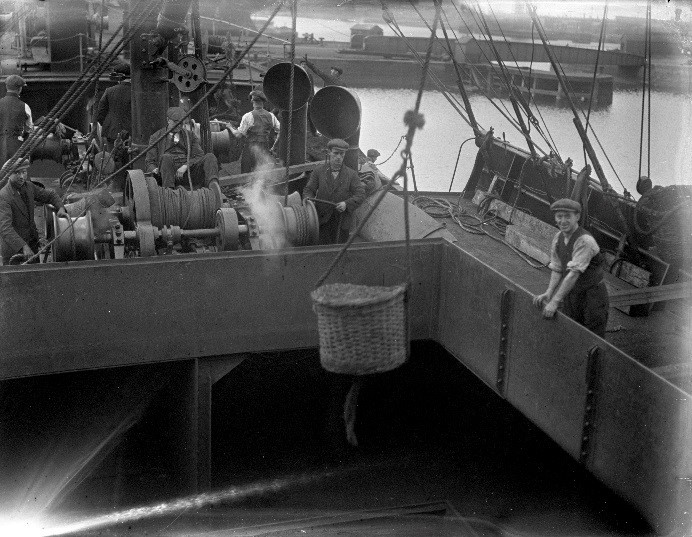
King George Dock was built to the east of Alexandra Dock as a joint development between the Hull & Barnsley Railway and the North Eastern Railway, and opened in 1914. It was the first fully electrically operated dock in the UK.
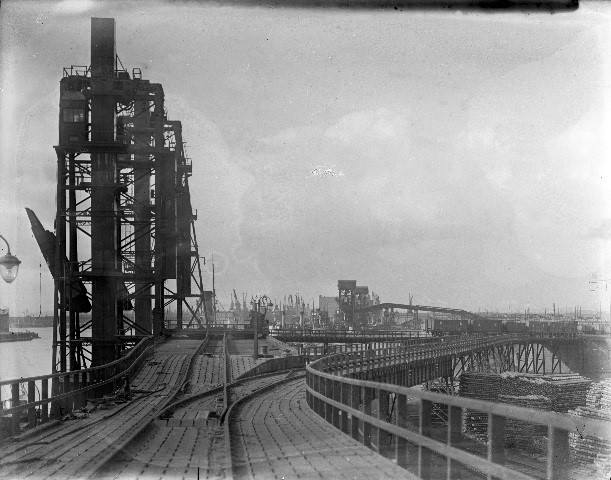
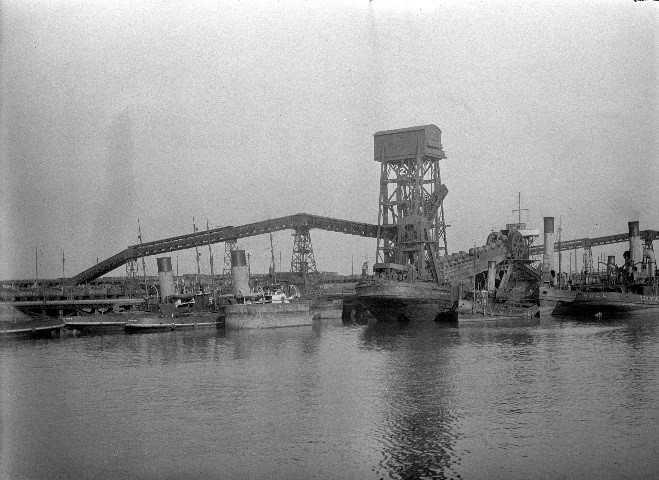
Albert Dock, originally Western Dock, was opened in 1869. Riverside Quay was built alongside it in 1907-11 as a deep water quay beside the River Humber for perishable goods requiring rapid handling. It also served as a railway terminus for passenger traffic to and from the continent.


Victoria Pier, originally Corporation Pier (built in 1810), is to the east of Riverside Quay at the mouth of the River Hull. It was the terminus of passenger ferries across the Humber estuary.
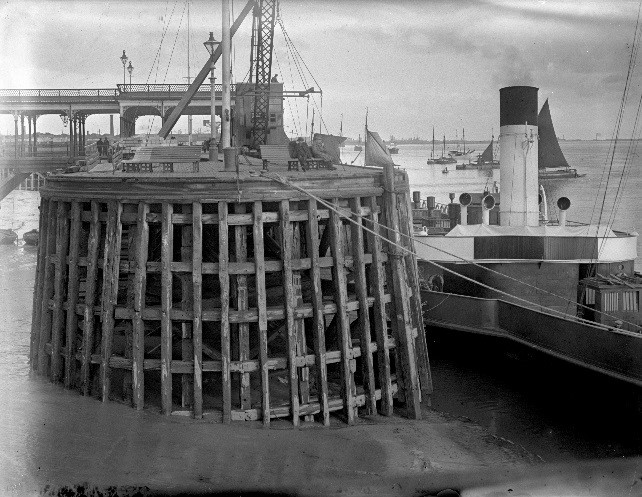
Back to King George Dock for the last two photos. The first illustrates the importance of Hull for the import of fruit, especially bananas, from the Caribbean.
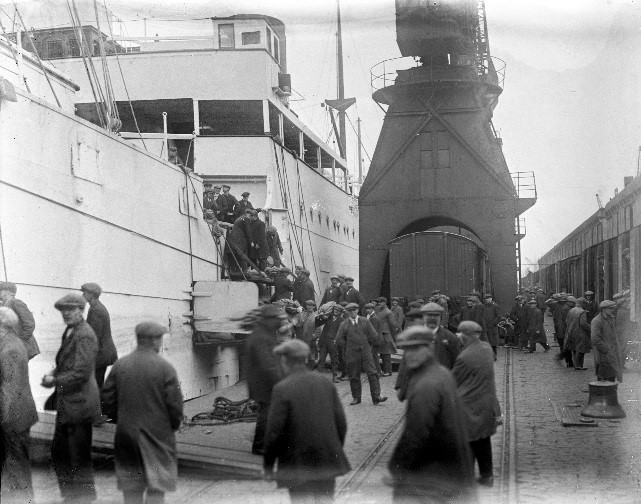
The final image in this series records a royal visit to King George Dock on 13 October 1926. The Prince of Wales (later to become King Edward VIII) is seen in the rear seat of the lead car in the procession as it arrives at the dock, which his father King George V had opened in 1914.
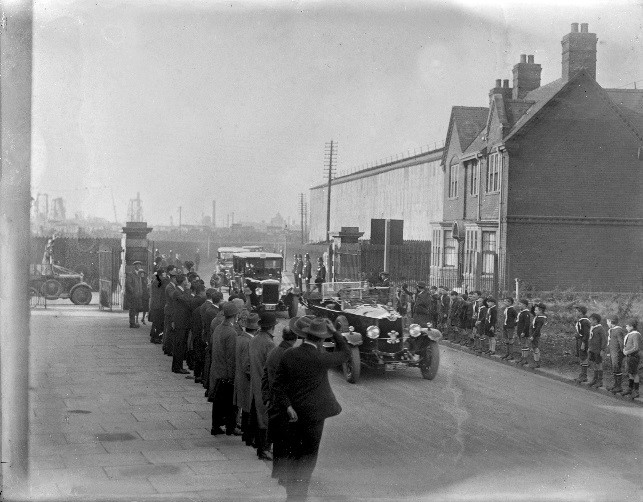
In researching this post beyond Humphrey Household’s brief notes about his photographs, I have found this recent book an excellent source of background information. Written by a former director of the Port of Hull, it is very detailed and well illustrated, and available for reference on the open shelves of the Search Engine at the National Railway Museum.
Mike G Fell: An illustrated history of the port of Hull and its railways, Irwell Press 2018. (ISBN 978-1-911262-14-5)
I have been researching the coal trade of Hull . I lived in Hull before emigrating to N.Z.
I am a railway modeler and collecting photographs of coal hoists so I can make a model for my railway. The photographs you have published are a valuable source.
My Grandfather Tom Kynman was employed as a berthing master by H&BR at Alexandra Docks as shown in the 1921 Census.
His son Stanley Kynman was an apprentice plater in 1921 Census at Earles Shipyard, Hull.
Very interesting information and photographs showing where he worked.
My Dad lived at Goxhill Haven on the South of the Humber,it always puzzled me as to why the foreshore there was stoney right down to the low water mark when the rest of the river is just sloppy mud.
Dad explained to me that when they were building king George dock all the spoil from the excavation was put on barges and dumped at Goxhill and that’s were all the stone came from.
Dad was born in 1905 so I suppose as a youngster he would remember it well